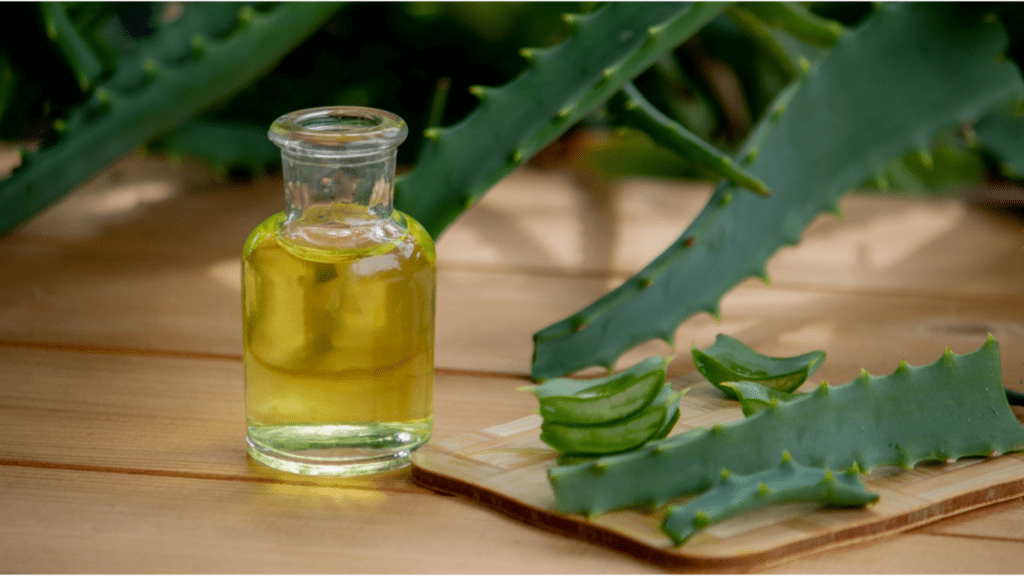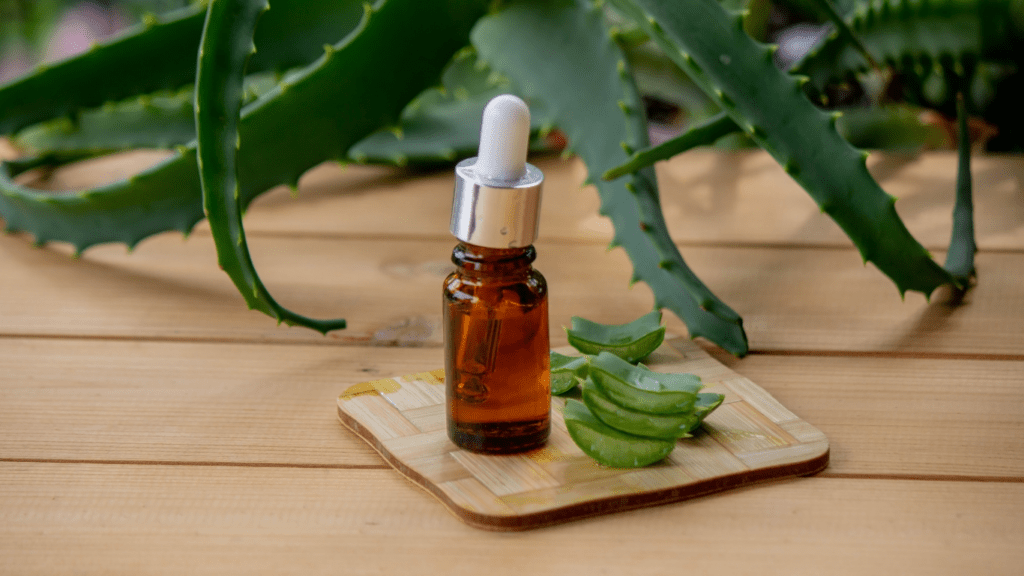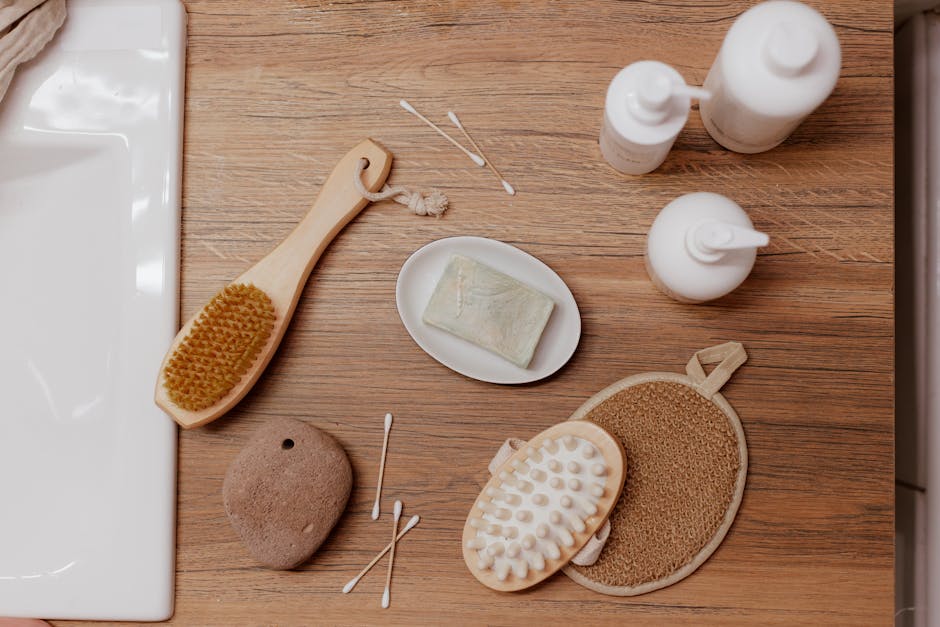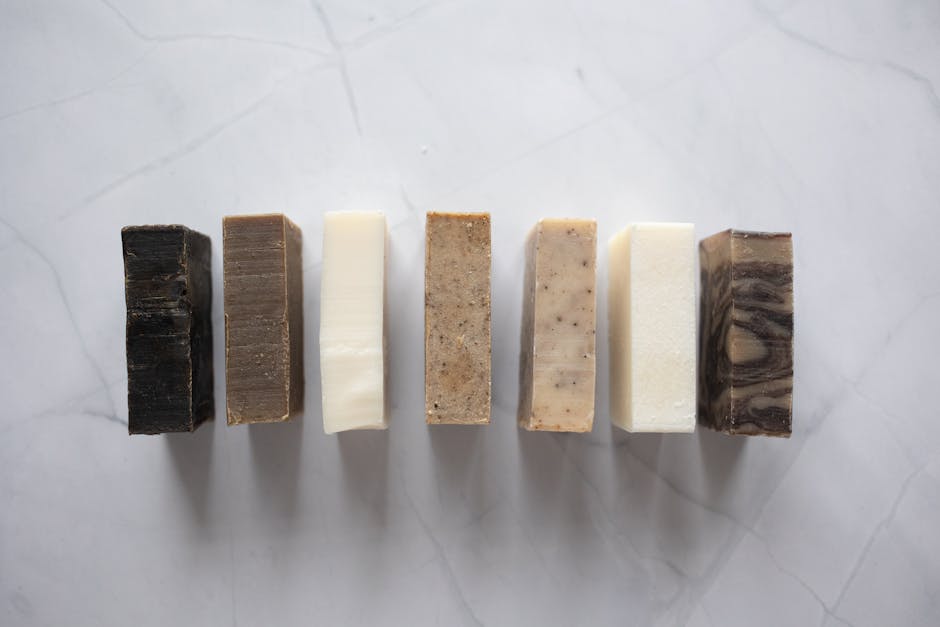Understanding Eco-Friendly Haircare
Eco-friendly haircare emphasizes sustainable practices and products that benefit both hair health and the environment. This approach minimizes harm to the planet while promoting natural beauty.
What Is Eco-Friendly Haircare?
Eco-friendly haircare uses products and methods that reduce environmental impact. This includes:
- selecting shampoos
- conditioners with biodegradable ingredients
- opting for sustainable packaging like glass or recycled plastic
- choosing cruelty-free brands
For example, many organic shampoos exclude harmful chemicals, making them gentler on both hair and the Earth.
Why It Matters for Sustainability
Using eco-friendly haircare products helps reduce pollution and waste. Traditional hair products often contain ingredients that can harm ecosystems when washed down the drain. Sustainable practices also conserve resources.
For instance, solid shampoo bars eliminate the need for plastic bottles, reducing waste in landfills. By choosing eco-conscious brands, I support companies that prioritize environmental responsibility.
Key Ingredients in Eco-Friendly Hair Products

Selecting the right ingredients is crucial for both hair health and environmental sustainability. Let’s explore the key components in eco-friendly hair products under the following subheadings:
Natural vs. Chemical Components
Natural components derive from plants, minerals, and other naturally occurring substances. Examples include:
- coconut oil
- argan oil
- aloe vera
These ingredients nourish hair without harmful side effects.
Chemical components, often synthetically produced, can damage hair and the environment. Sulfates, parabens, and silicones build up on hair and lead to long-term damage. They also harm aquatic life when washed down the drain.
Benefits of Organic Ingredients
Organic ingredients come from sources grown without synthetic pesticides or fertilizers. Examples include certified organic jojoba oil, shea butter, and tea tree oil. They retain higher nutrient levels and are ethically sourced.
Organic ingredients reduce the risk of allergies and scalp irritations. They work effectively without harmful chemicals, providing a gentle yet potent solution for haircare. Choosing organic ensures sustainable farming practices and reduces environmental pollution.
Tips for Sustainable Haircare Routines
Sustainable haircare routines benefit both hair health and the planet. I’ll outline strategies to make eco-friendly choices in daily haircare.
Choosing the Right Products
Selecting the right products is crucial. Look for shampoo and conditioner with biodegradable ingredients. Avoid sulfates, parabens, and synthetic fragrances.
Instead, choose products with natural components like coconut oil, aloe vera, and jojoba oil. Solid shampoo bars with minimal packaging reduce waste. Seek out cruelty-free brands that employ sustainable practices.
Reducing Water and Energy Usage
Reducing water and energy usage is essential. Opt for shorter showers to save water.
- Use cold or lukewarm water rather than hot to conserve energy.
- Turn off the tap while applying shampoo or conditioner.
- Air-drying hair instead of using blow dryers saves electricity and promotes healthier hair.
- Install energy-efficient appliances like low-flow showerheads to reduce overall consumption.
DIY Eco-Friendly Haircare Solutions
Creating your haircare products at home can yield sustainable, healthy results without causing harm to the environment. Simple ingredients and minimal packaging lead to beneficial, eco-friendly outcomes.
Homemade Hair Treatments
Using natural ingredients found in the kitchen can create effective hair treatments. Honey, for instance, can be a great moisturizer. Mixing honey with olive oil, it can be used as a hydrating hair mask.
Also, avocados serve as excellent conditioners. When mashed and blended with a bit of coconut oil, they nourish and repair damaged hair. For a natural clarifying treatment, apple cider vinegar diluted with water can remove scalp build-up and restore shine.
These DIY treatments use readily available ingredients, reducing the reliance on commercial products and their plastic packaging.
Recycling and Reusing Haircare Containers
Repurposing containers from finished hair products can decrease waste. Thoroughly clean and dry containers to use for homemade DIY treatments. Old shampoo bottles can store new concoctions like liquid castile soap blends or homemade conditioners.
Additionally, glass jars from food items can become excellent storage for hair masks or scrubs. When purchasing new hair products, opting for brands that feature recyclable or biodegradable packaging makes a significant difference.
Taking these steps contributes to a zero-waste lifestyle, promoting a sustainable haircare routine that benefits both hair and the environment.





